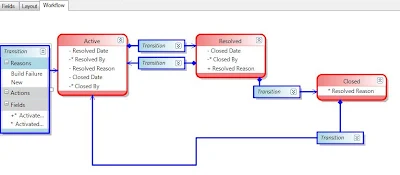EXCEPT and INTERSECT operators were introduced in SQL Server 2005. Both operator works on two result-sets.
Basic rules for combining two result-sets
EXCEPT returns distinct rows from the first result-set which not exists in second result-set.
INTERSECT returns rows which exists in both result-set
Example
Look at the Output
Basic rules for combining two result-sets
- No. of columns in both result-set should be equal
- The order of columns should be same
- Corresponding data type of each column in each select should be compatible
SELECT col1, col2 FROM tab1 EXCEPT SELECT col1, col2 FROM tab2
EXCEPT returns distinct rows from the first result-set which not exists in second result-set.
INTERSECT returns rows which exists in both result-set
Example
declare @tab1 table (col1 int, col2 varchar(10)) insert into @tab1 select 1, 'val1' union all select 1, 'val2' union all select 2, 'val1' declare @tab2 table (col1 int, col2 varchar(10)) insert into @tab2 select 1, 'val1' union all select 1, 'val3' union all select 3, 'val1' select col1, col2 from @tab1 except select col1, col2 from @tab2 select col1, col2 from @tab1 intersect select col1, col2 from @tab2OUTPUT
Look at the Output
- First output using EXCEPT where we are getting 2 rows which exist in table 1 but not in table 2
- Second output using INTERSECT where we are getting 1 row which exists in both tables.





































































